The Four Masters of Regular Script are the collective name for the four calligraphers who are famous for their regular script in the history of calligraphy. Also known as the four major regular scripts, the four styles of regular script are: Ouyang Xun in the early Tang Dynasty, Yan Zhenqing in the prosperous Tang Dynasty, Liu Gongquan in the Tang Dynasty, and Zhao Mengfu in the Yuan Dynasty. It can be said that the four masters of regular script are models for regular script learners. Learning regular script is inseparable from the "four masters".
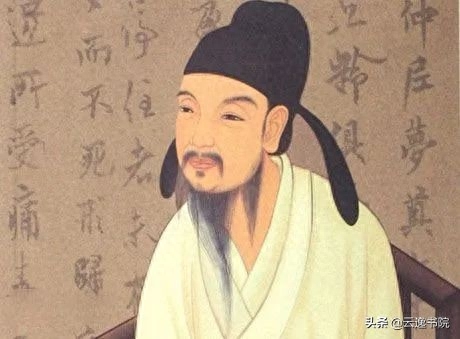
1. Ouyang Xun (557-641), courtesy name Xinben, was born in Linxiang, Tanzhou (now Changsha, Hunan). His greatest achievements in calligraphy are regular script, with strong penmanship and unique structure. Later generations called him "European style".
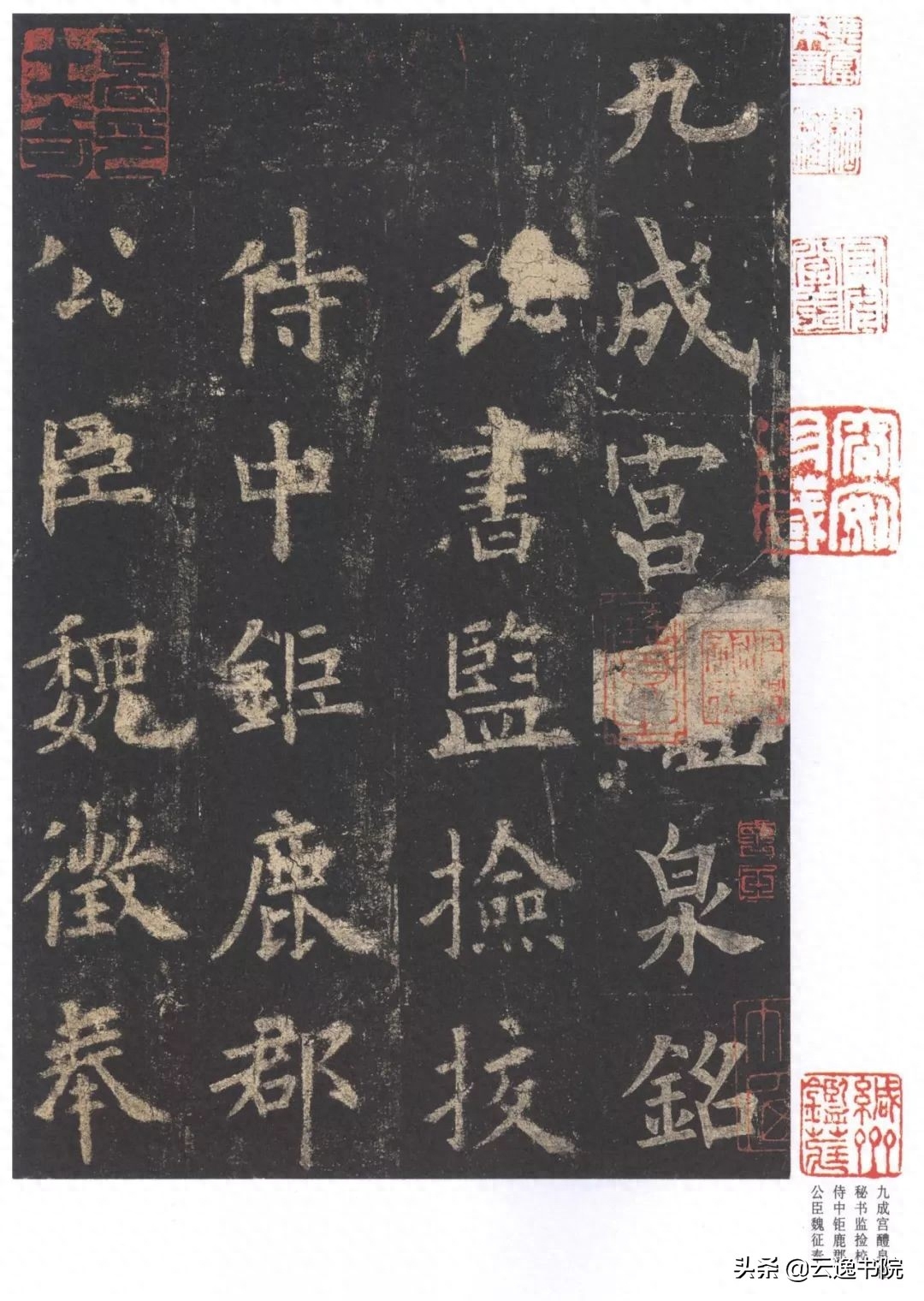
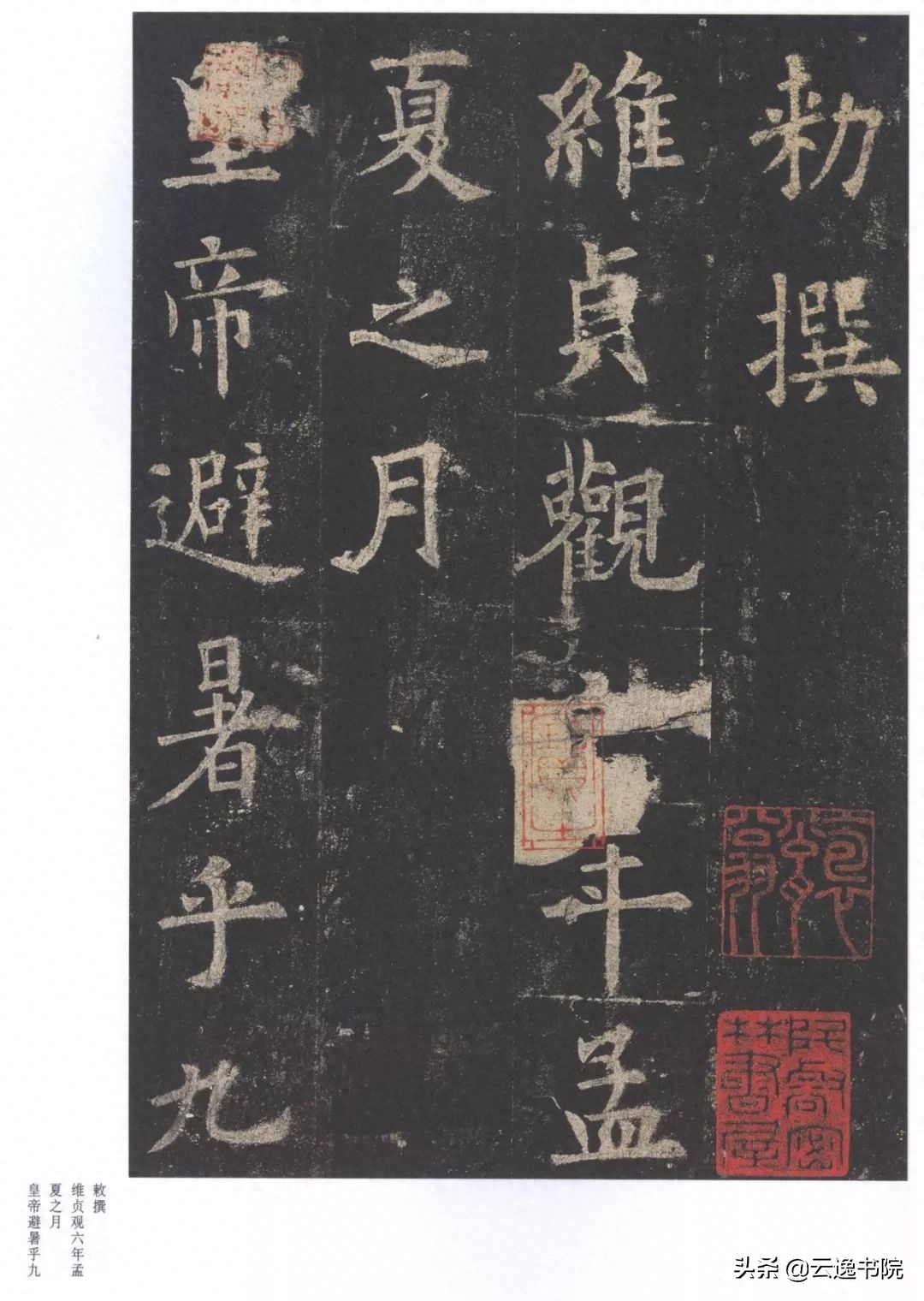
The Four Masters of Regular Script are the collective name for the four calligraphers who are famous for their regular script in the history of calligraphy. Also known as the four major regular scripts, the four styles of regular script are: Ouyang Xun in the early Tang Dynasty, Yan Zhenqing in the prosperous Tang Dynasty, Liu Gongquan in the Tang Dynasty, and Zhao Mengfu in the Yuan Dynasty. It can be said that the four masters of regular script are models for regular script learners. Learning regular script is inseparable from the "four masters".
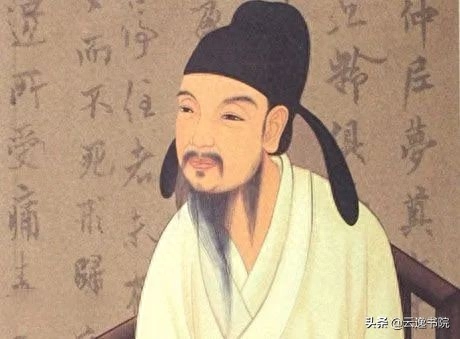
1. Ouyang Xun (557-641), courtesy name Xinben, was born in Linxiang, Tanzhou (now Changsha, Hunan). His greatest achievements in calligraphy are regular script, with strong penmanship and unique structure. Later generations called him "European style".
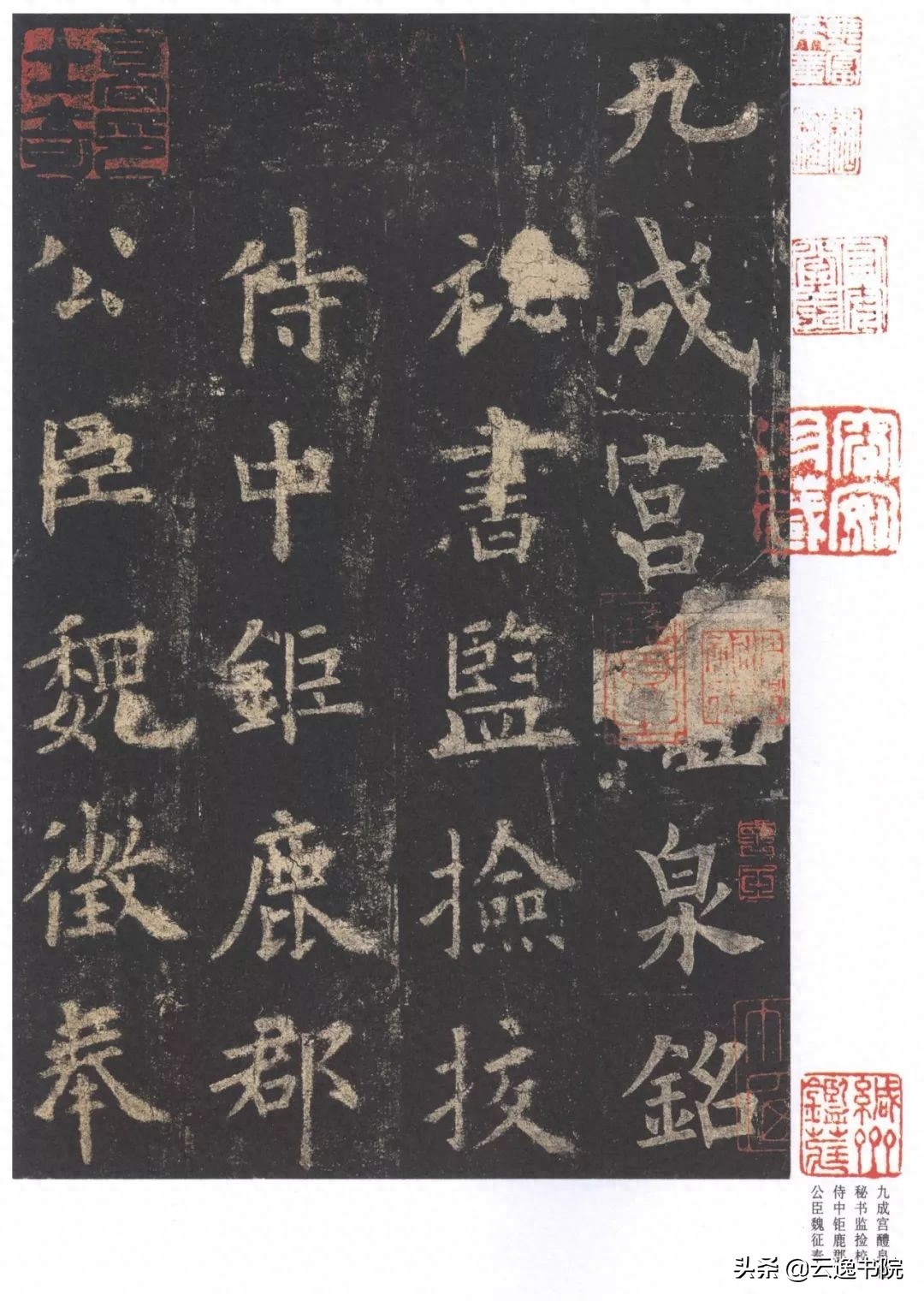
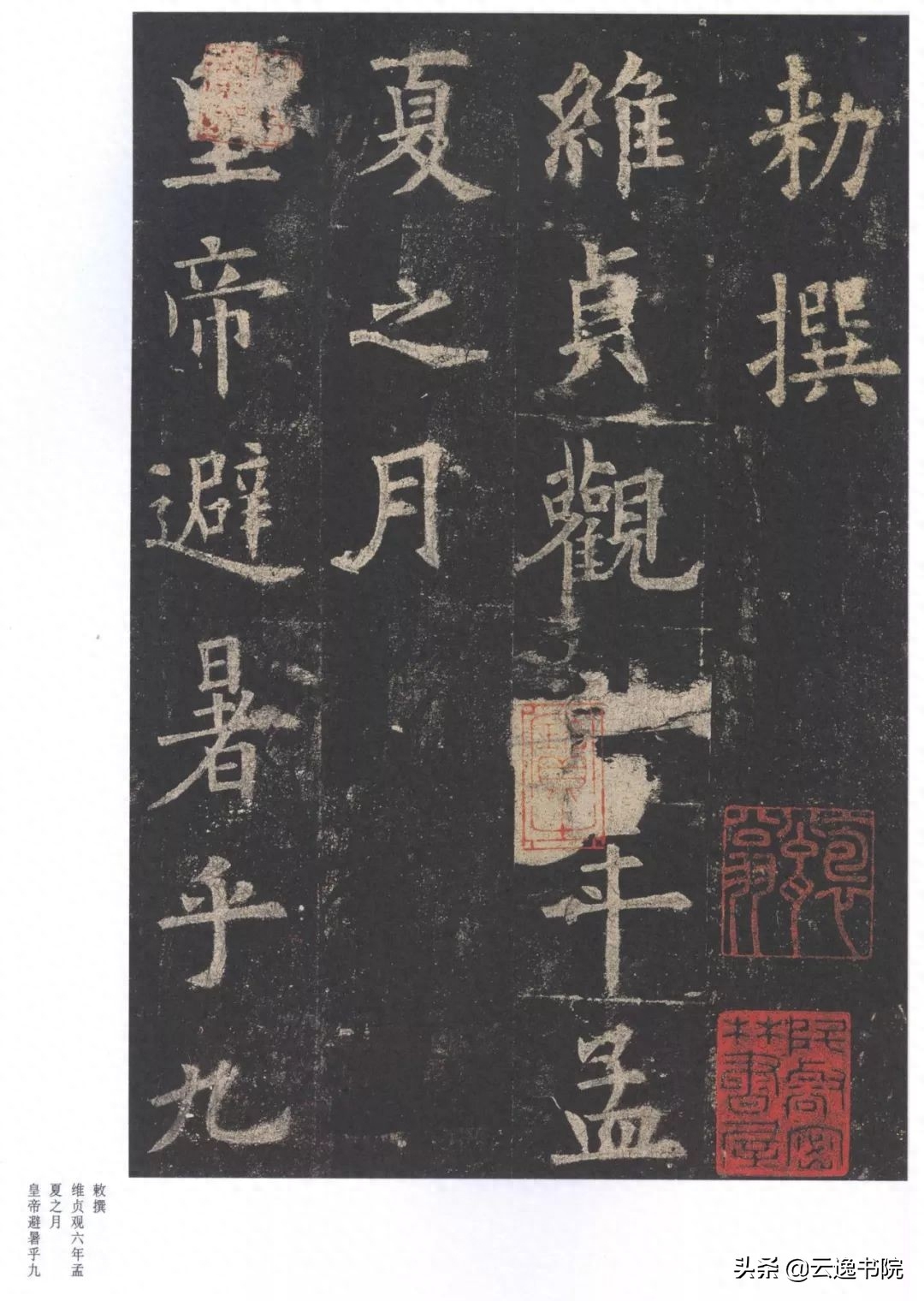
Ouyang Xun of the Tang Dynasty: His regular script was rigorous and powerful, and he was known as "the best regular script of the Tang Dynasty". His representative work is "Jiucheng Palace Liquan Ming".
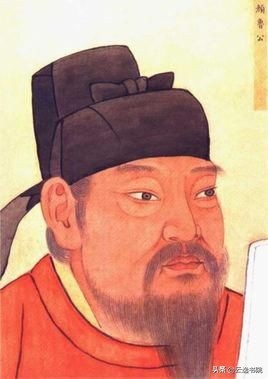
2. Yan Zhenqing (709-785), whose courtesy name was Qingchen, was born in Jingzhao ten thousand years ago. His ancestral home was Linyi, Langya, Tang Dynasty (now Linyi, Shandong). In the history of calligraphy, he is the most accomplished and influential calligrapher after the two kings. His calligraphy was first studied by Zhang Xu, the "Grass Sage", who was one of the four masters of the early Tang Dynasty. Later, he adopted the ancient method and reversed the calligraphy style of the early Tang Dynasty. He used the seal script to transform thin and hard into plump and powerful, with a broad and magnificent structure. , with strong bones and majestic spirit,This style also reflects the prosperous demeanor of the Tang Dynasty and is consistent with his noble personality. It is a perfect example of the perfect combination of the beauty of calligraphy and the beauty of personality.
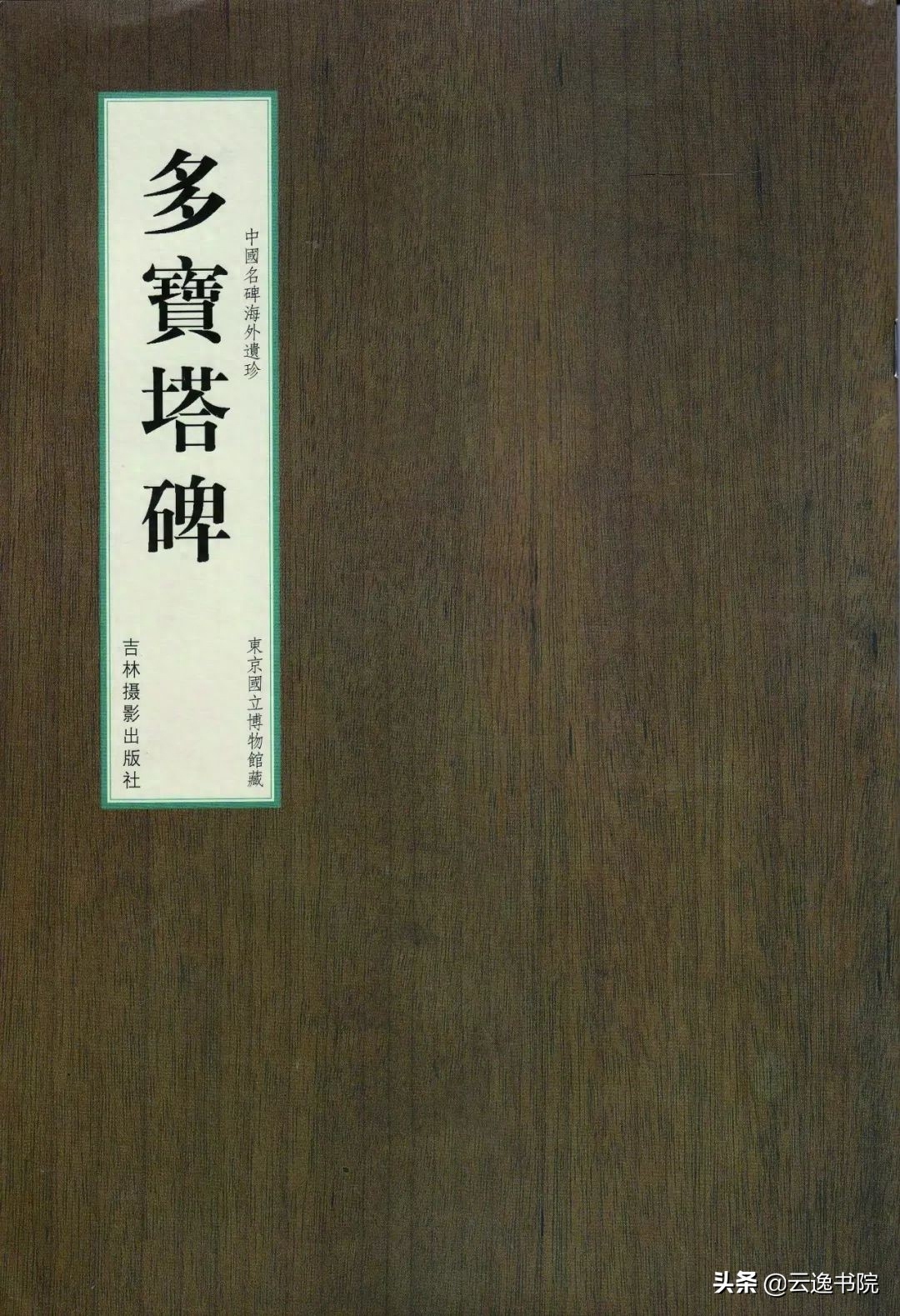
Yan Zhenqing has exquisite calligraphy and is good at running and regular script. He first studied under Chu Suiliang, and later under Zhang Xu, acquiring his brushwork. His regular script is dignified and majestic, and his running script is powerful. He created the "Yan style" regular script and had a great influence on later generations. Together with Zhao Mengfu, Liu Gongquan and Ouyang Xun, they are known as the "Four Masters of Regular Script". It is also called "Yan Liu" together with Liu Gongquan, and is also known as "Yan Jin Liu Gu". He was also good at poetry and prose, including "Yunhai Jingyuan", "Liyue Collection", "Wuxing Collection", "Luling Collection" and "Linchuan Collection", all of which are lost. The Song Dynasty people compiled "Yan Lu Gong Ji".
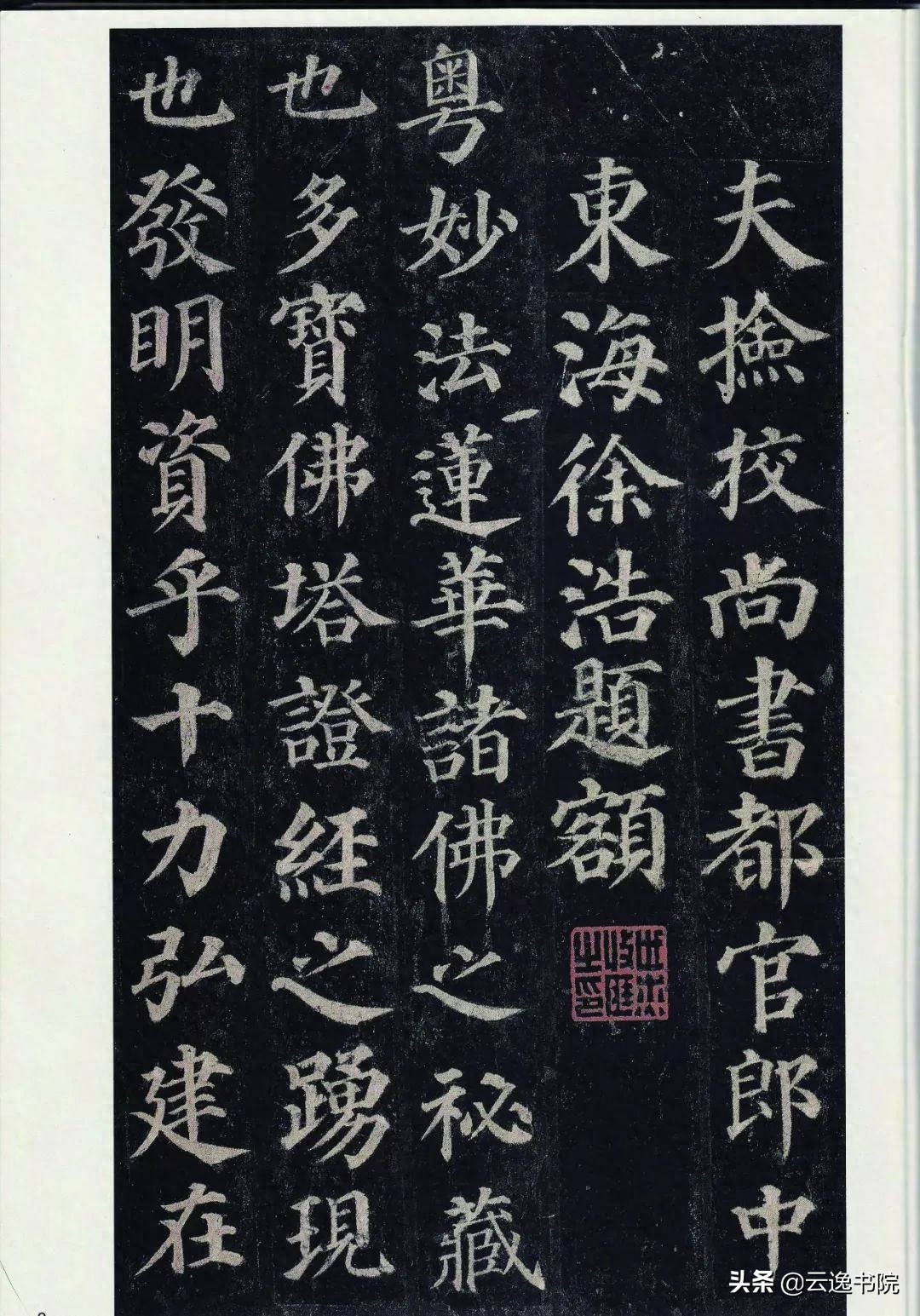
His regular script is dignified and majestic, with a grand momentum, and is known as "Yan Ti" in the world. His representative works include "Yan Qinli Stele", "Yan Family Temple Stele", "Duobao Pagoda Stele" and "Magu Immortal Altar Story".
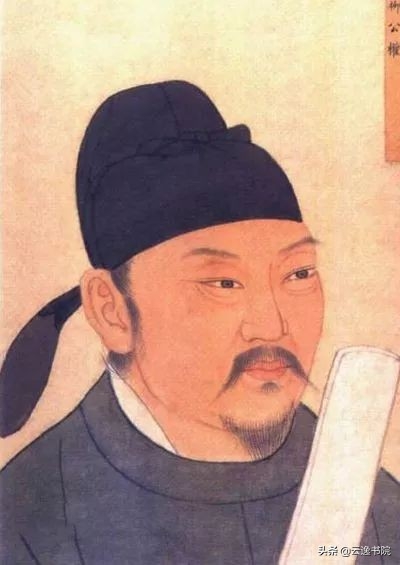
3. Liu Gongquan (778-865), courtesy name Chengxuan, was a native of Jingzhaohua in the Tang Dynasty. He rose to the rank of Crown Prince and Grand Master, and was known as "Shaoshi Liu" in the world. Later generations called them "Yan Jin Liu Gu" and became the model of calligraphy in the past dynasties. His calligraphy is strong, rigorous and meticulous. In terms of character characteristics, it is famous for its thinness and strength. The regular script written in it has a strong and charming body and strong bones. The running script and regular script are the most exquisite.
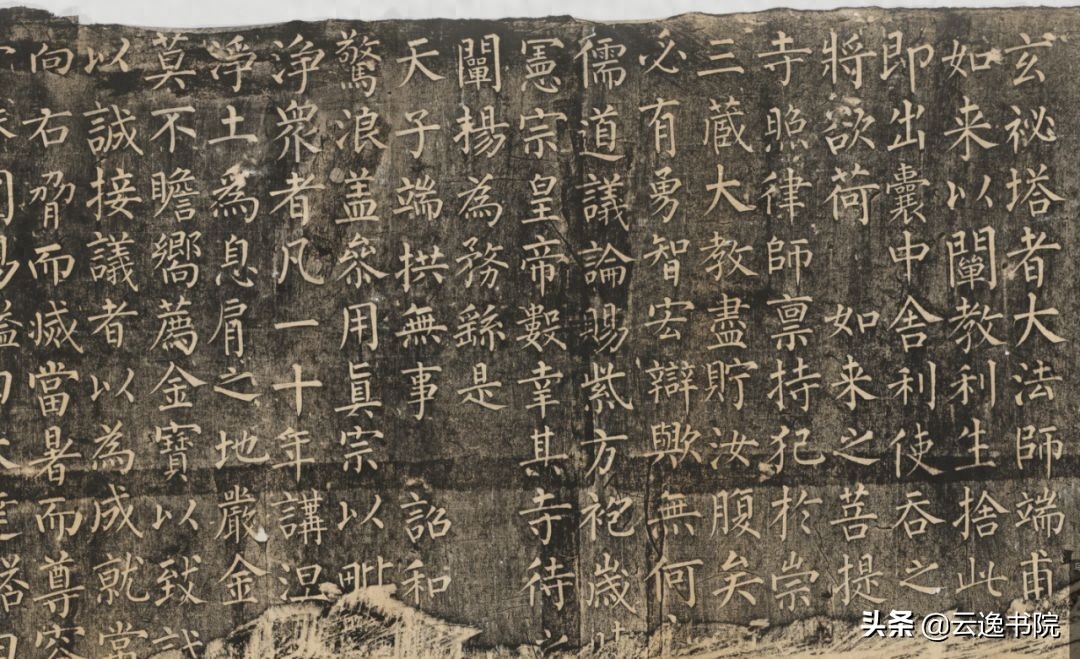
Liu Gongquan of the Tang Dynasty (Liu style): His regular script is clear and vigorous, with rigorous structure, exquisite brushwork and straight writing. He is known as "Liu style" in the world. His representative works are "Mysterious Tower Stele" and "Shence Army Stele".
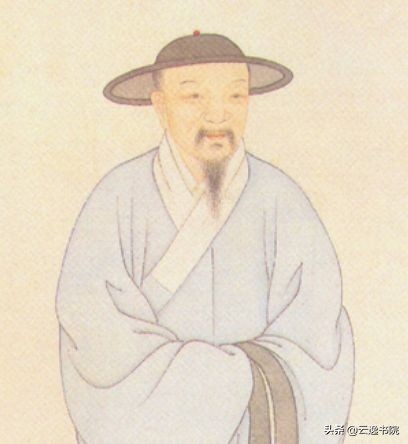
4. Zhao Mengfu (1254-1322): courtesy name Zi'ang, nickname Songxue, Songxue Taoist, native of Huzhou (now Wuxing, Zhejiang). He was good at seal script, official script, Zhen script, Xing script and cursive script, and was especially famous for his regular script and running script. According to the "History of the Yuan Dynasty", "Meng Fu's seal script, official script, Zhen script and cursive script are all the best in ancient and modern times, so he is famous all over the world for his books." Yu Shu of the Yuan Dynasty said in "Kong Xue Zhai Ji": "Zi'ang's seal script, Li, Zhen, Xing and Diancao are the best in the contemporary era, and his small regular script is the first among all Zi'ang's books." His calligraphy style is charming and elegant. , with strict structure and mature brushwork, it is known as "Zhao style" in the world.
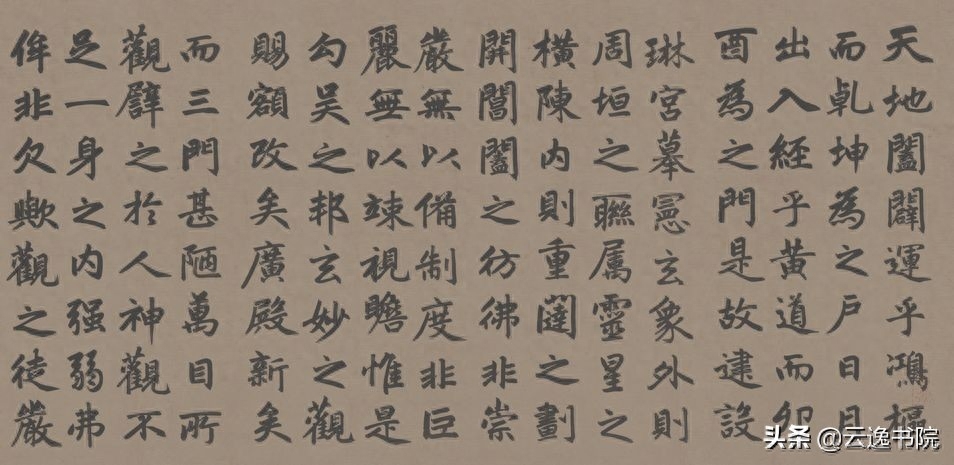
Zhao Mengfu of the Yuan Dynasty: His regular script is round and delicate, upright and rigorous, without losing the elegance and elegance of the running script. He is known as "Zhao Ti" in the world. His representative work is "Xuanmiao Temple Rebuilding the Three Gates"Ouyang Xun of the Tang Dynasty: His regular script is rigorous and the writing is sinister. , known as "the best regular script among the Tang Dynasty people", and his representative work is "Jiucheng Palace Liquan Ming".
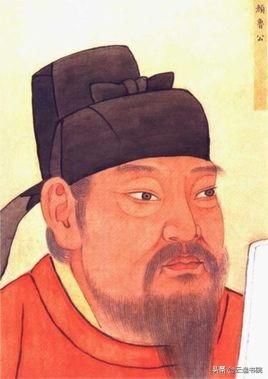
2. Yan Zhenqing (709-785), whose courtesy name was Qingchen, was born in Jingzhao ten thousand years ago. His ancestral home was Linyi, Langya, Tang Dynasty (now Linyi, Shandong). In the history of calligraphy, he is the most accomplished and influential calligrapher after the two kings. His calligraphy was first studied by Zhang Xu, the "Grass Sage", who was one of the four masters of the early Tang Dynasty. Later, he adopted the ancient method and reversed the calligraphy style of the early Tang Dynasty. He used the seal script to transform thin and hard into plump and powerful, with a broad and magnificent structure. , with strong bones and majestic spirit,This style also reflects the prosperous demeanor of the Tang Dynasty and is consistent with his noble personality. It is a perfect example of the perfect combination of the beauty of calligraphy and the beauty of personality.
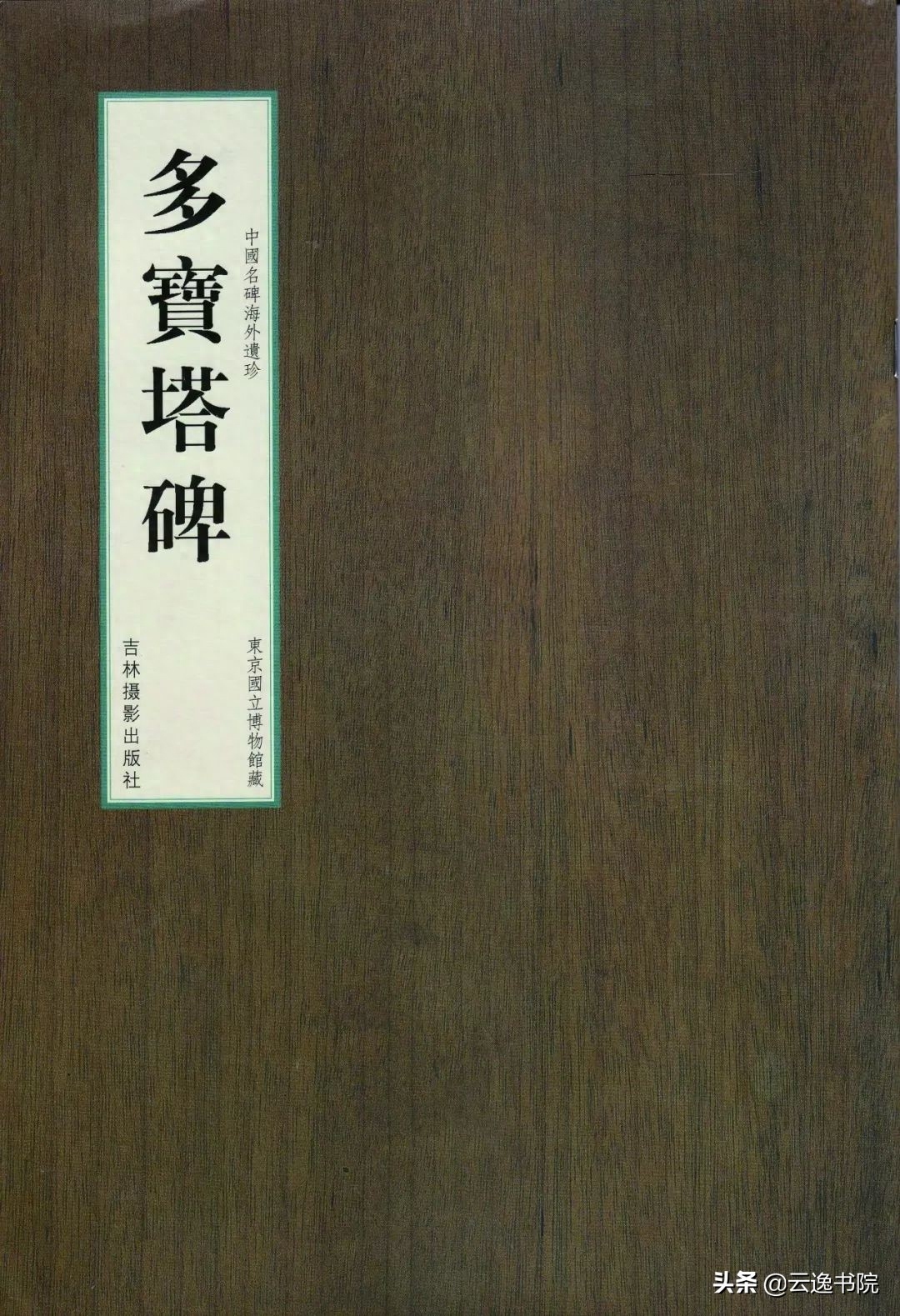
Yan Zhenqing has exquisite calligraphy and is good at running and regular script. He first studied under Chu Suiliang, and later under Zhang Xu, acquiring his brushwork. His regular script is dignified and majestic, and his running script is powerful. He created the "Yan style" regular script and had a great influence on later generations. Together with Zhao Mengfu, Liu Gongquan and Ouyang Xun, they are known as the "Four Masters of Regular Script". It is also called "Yan Liu" together with Liu Gongquan, and is also known as "Yan Jin Liu Gu". He was also good at poetry and prose, including "Yunhai Jingyuan", "Liyue Collection", "Wuxing Collection", "Luling Collection" and "Linchuan Collection", all of which are lost. The Song Dynasty people compiled "Yan Lu Gong Ji".
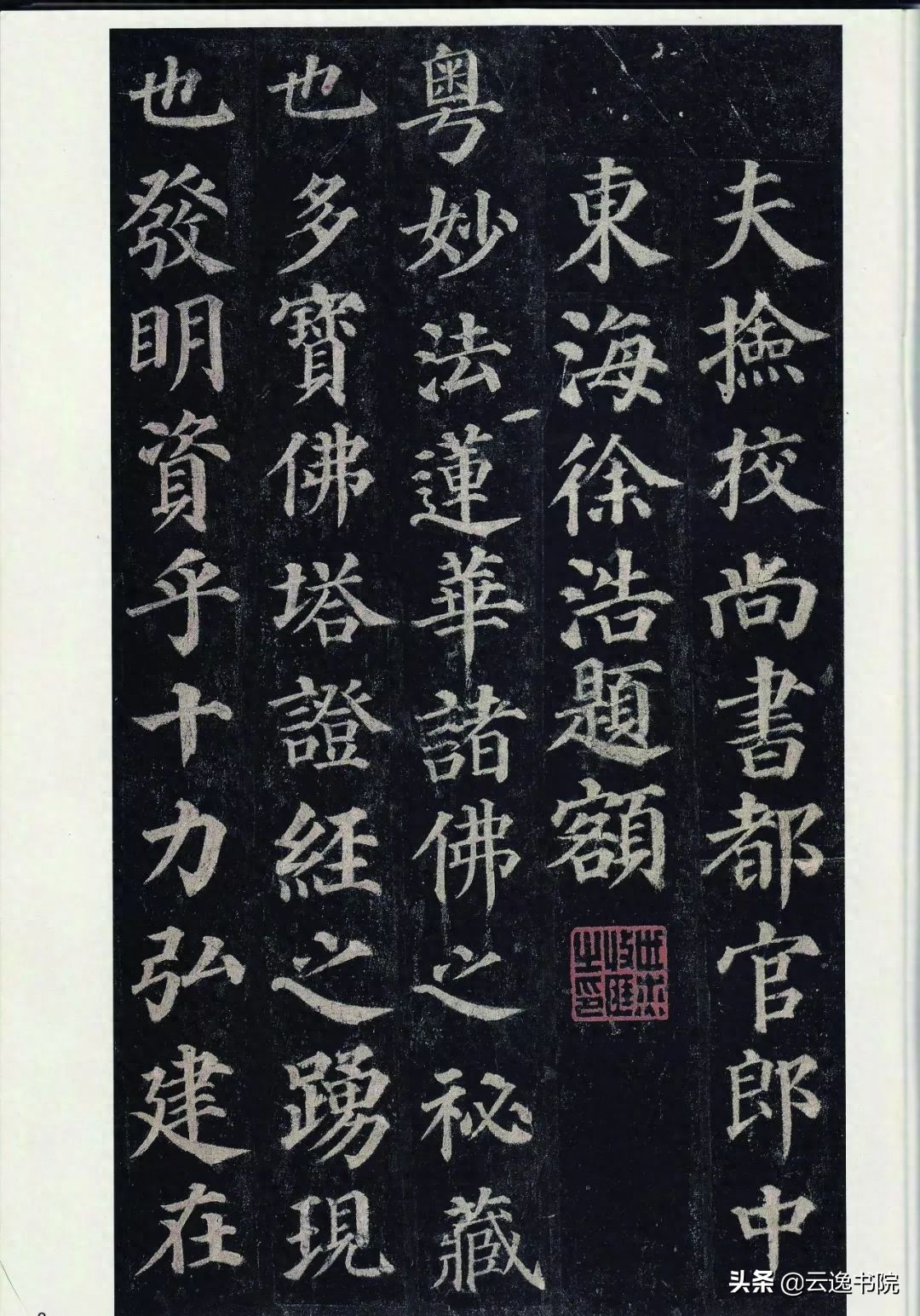
His regular script is dignified and majestic, with a grand momentum, and is known as "Yan Ti" in the world. His representative works include "Yan Qinli Stele", "Yan Family Temple Stele", "Duobao Pagoda Stele" and "Magu Immortal Altar Story".
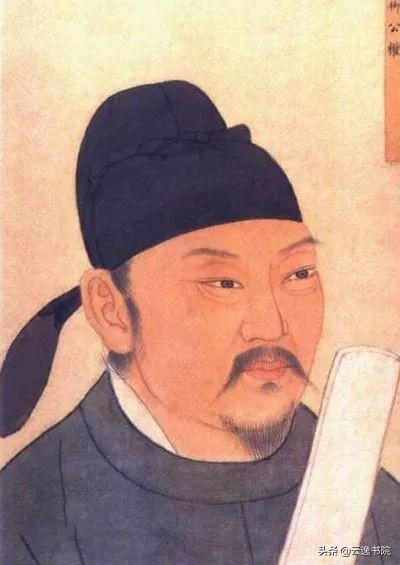
3. Liu Gongquan (778-865), courtesy name Chengxuan, was a native of Jingzhaohua in the Tang Dynasty. He rose to the rank of Crown Prince and Grand Master, and was known as "Shaoshi Liu" in the world. Later generations called them "Yan Jin Liu Gu" and became the model of calligraphy in the past dynasties. His calligraphy is strong, rigorous and meticulous. In terms of character characteristics, it is famous for its thinness and strength. The regular script written in it has a strong and charming body and strong bones. The running script and regular script are the most exquisite.
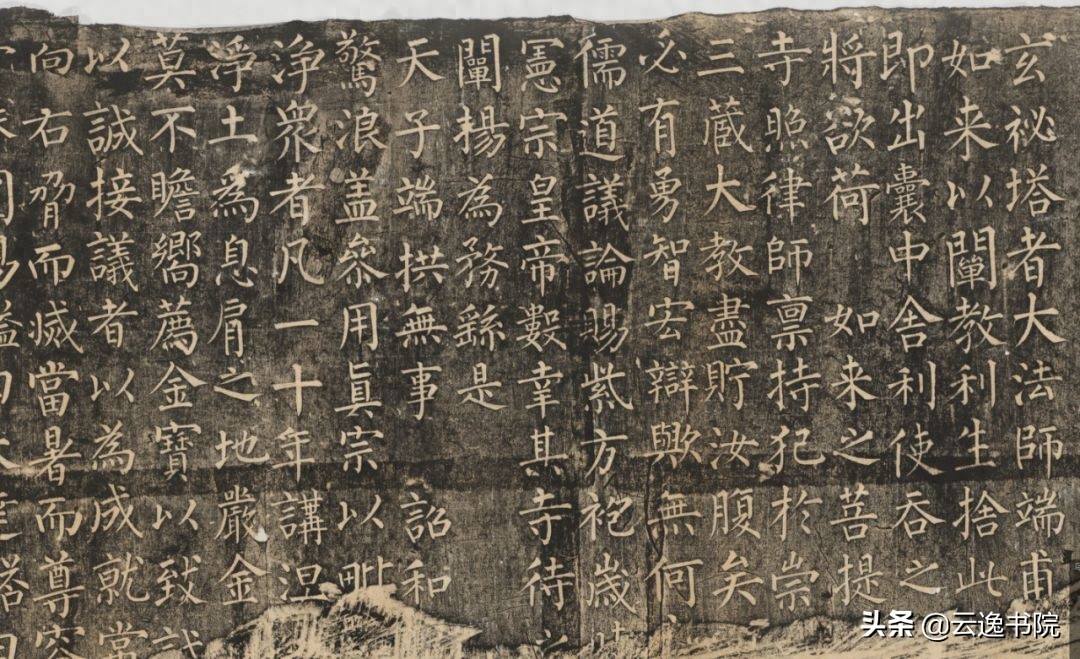
Liu Gongquan of the Tang Dynasty (Liu style): His regular script is clear and vigorous, with rigorous structure, exquisite brushwork and straight writing. He is known as "Liu style" in the world. His representative works are "Mysterious Tower Stele" and "Shence Army Stele".
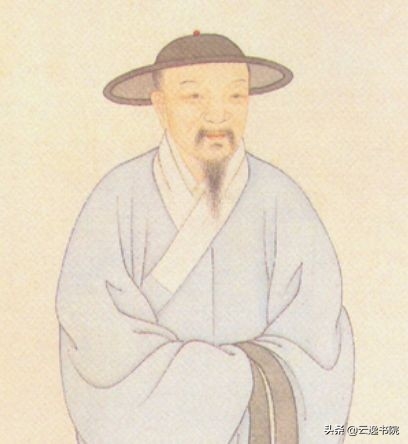
4. Zhao Mengfu (1254-1322): courtesy name Zi'ang, nickname Songxue, Songxue Taoist, native of Huzhou (now Wuxing, Zhejiang). He was good at seal script, official script, Zhen script, Xing script and cursive script, and was especially famous for his regular script and running script. According to the "History of the Yuan Dynasty", "Meng Fu's seal script, official script, Zhen script and cursive script are all the best in ancient and modern times, so he is famous all over the world for his books." Yu Shu of the Yuan Dynasty said in "Kong Xue Zhai Ji": "Zi'ang's seal script, Li, Zhen, Xing and Diancao are the best in the contemporary era, and his small regular script is the first among all Zi'ang's books." His calligraphy style is charming and elegant. , with strict structure and mature brushwork, it is known as "Zhao style" in the world.
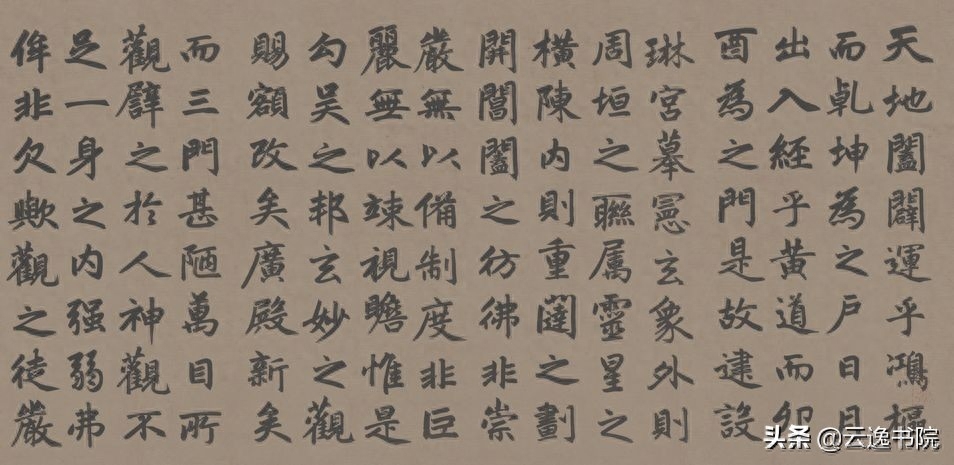
Zhao Mengfu of the Yuan Dynasty: His regular script is round and elegant, upright and rigorous, without losing the elegance and elegance of his running script. He is known as "Zhao Style" in the world. His representative work is "Xuanmiao Temple Rebuilding the Three Gates"
Articles are uploaded by users and are for non-commercial browsing only. Posted by: Lomu, please indicate the source: https://www.daogebangong.com/en/articles/detail/yan-liu-ou-zhao-kai-shu-si-da-jia-de-dai-biao-zuo.html

 支付宝扫一扫
支付宝扫一扫 
评论列表(196条)
测试